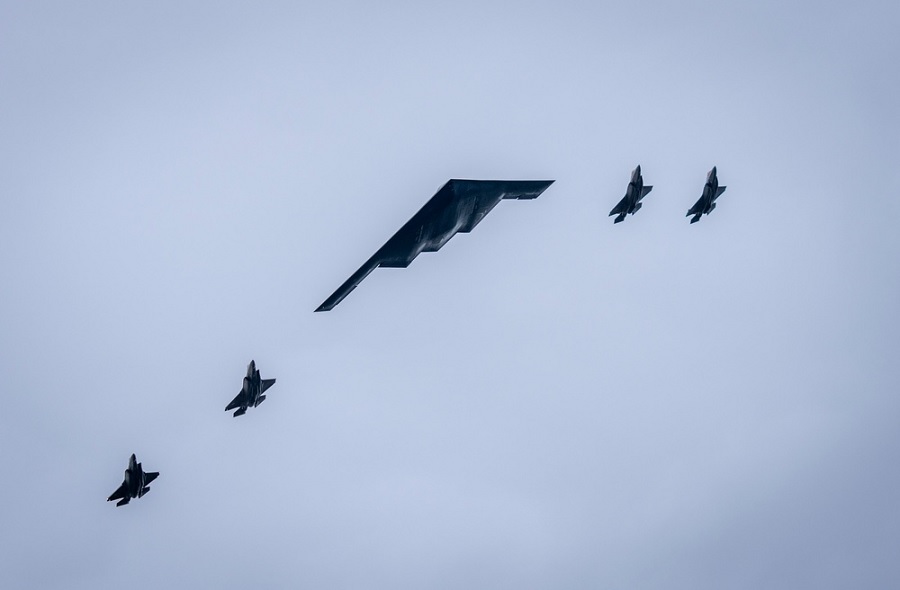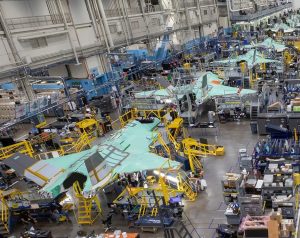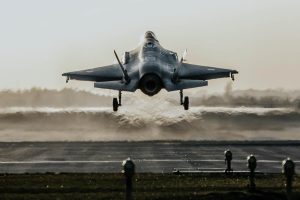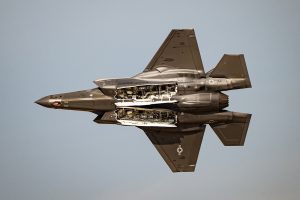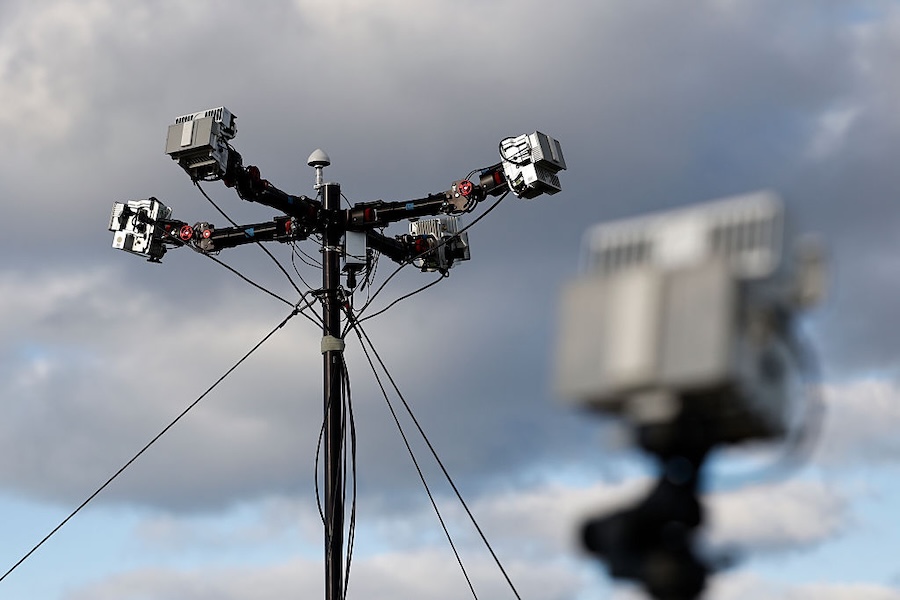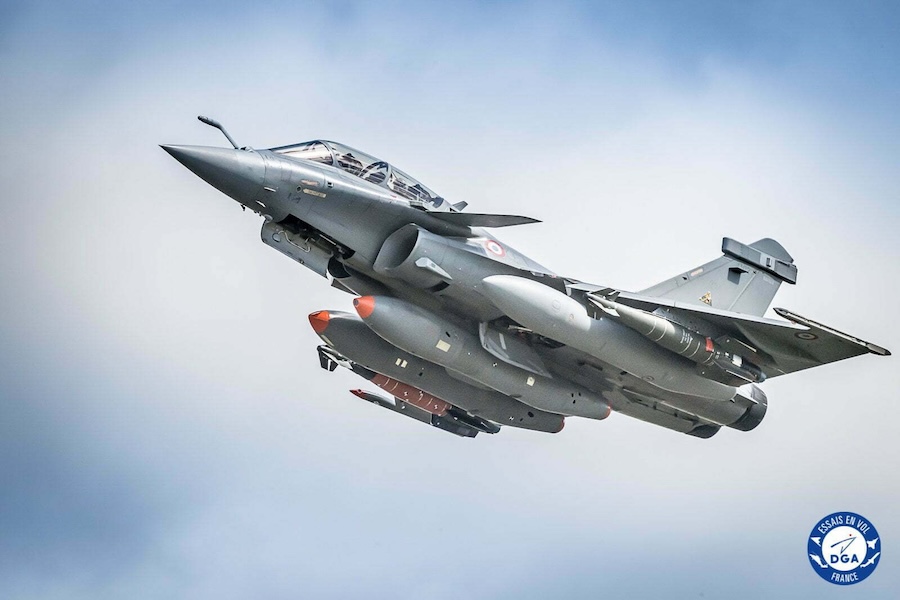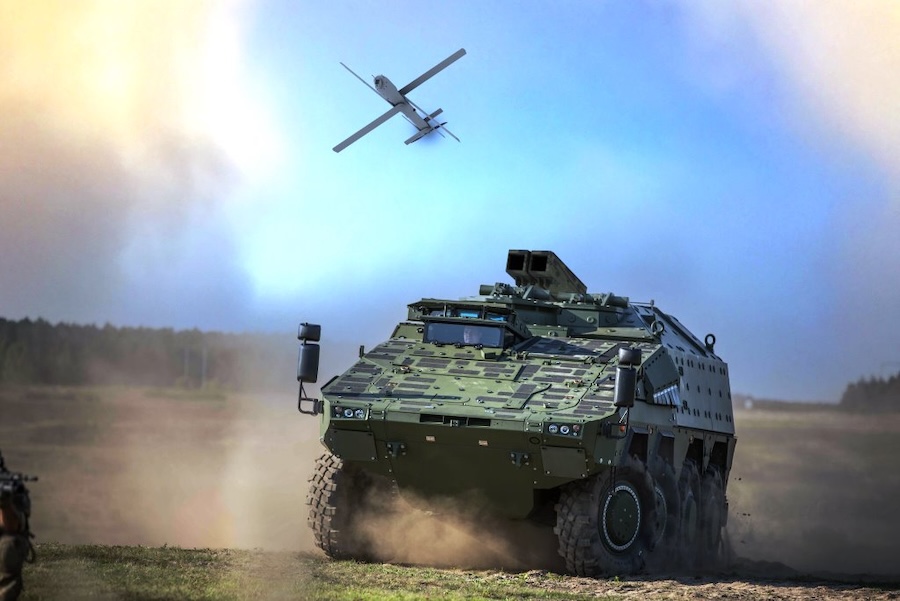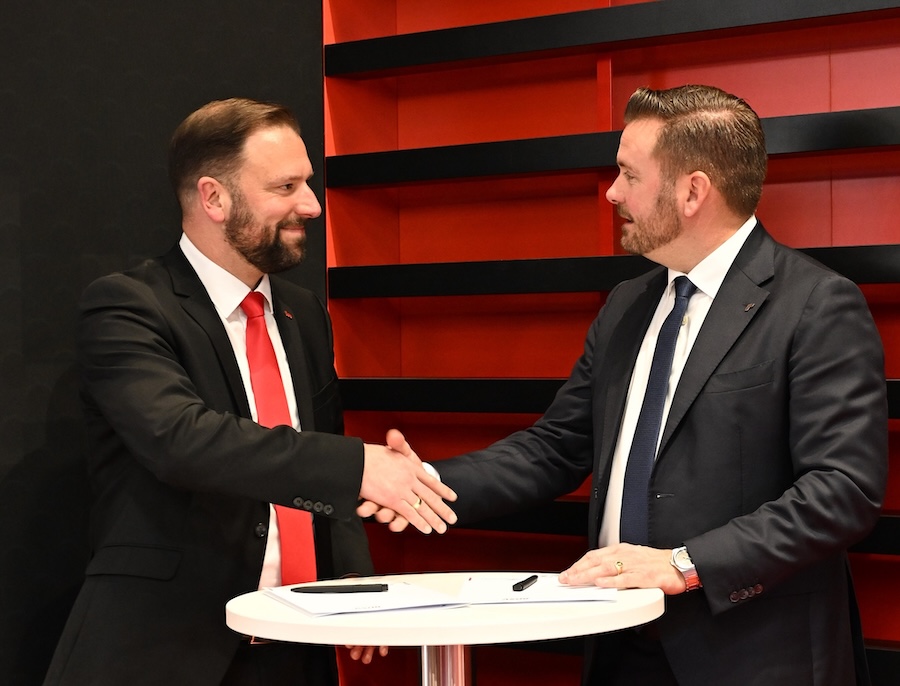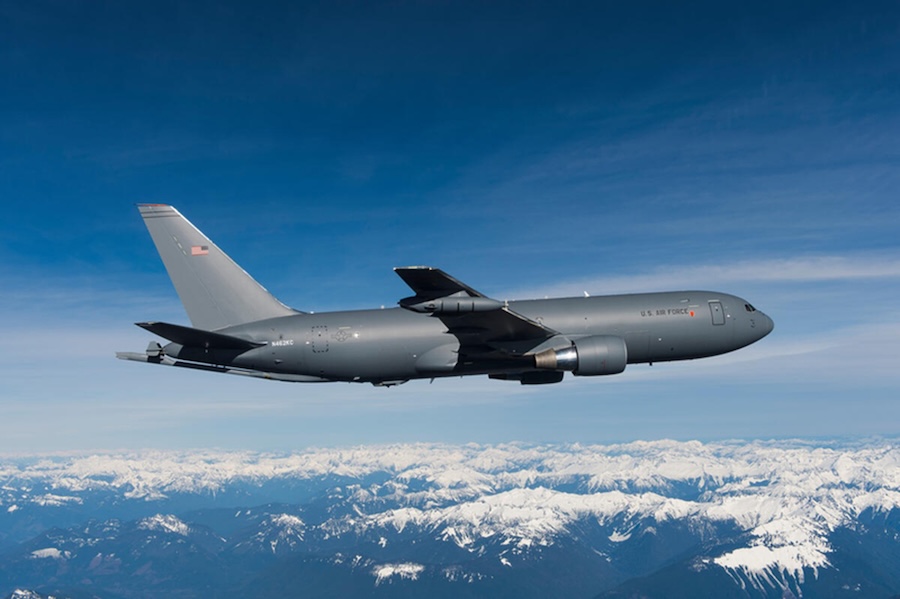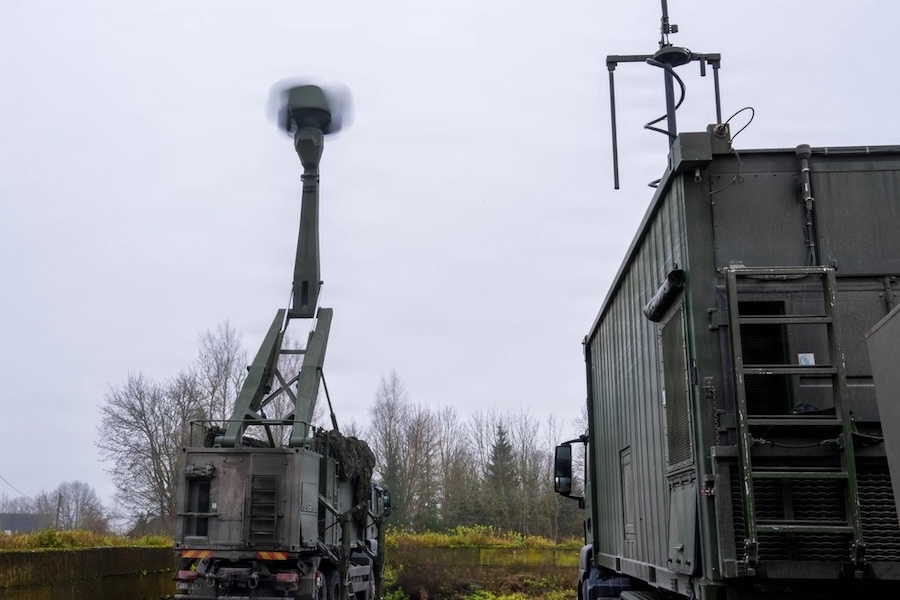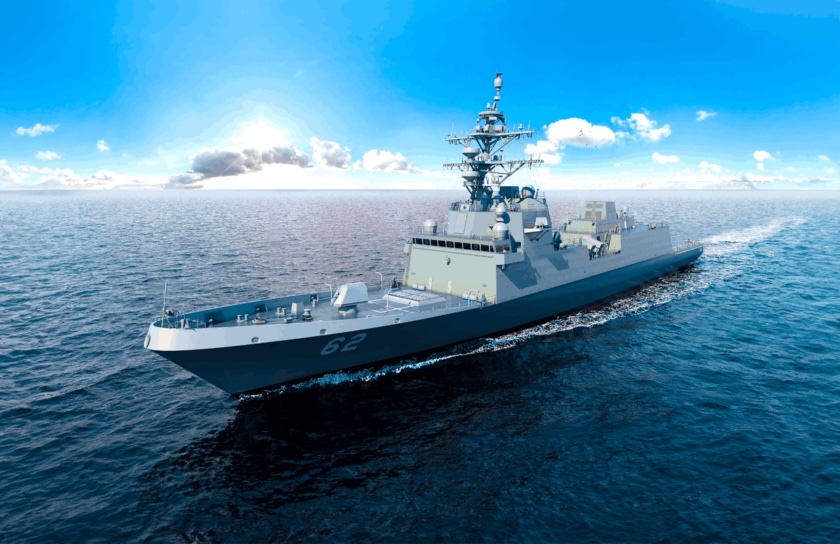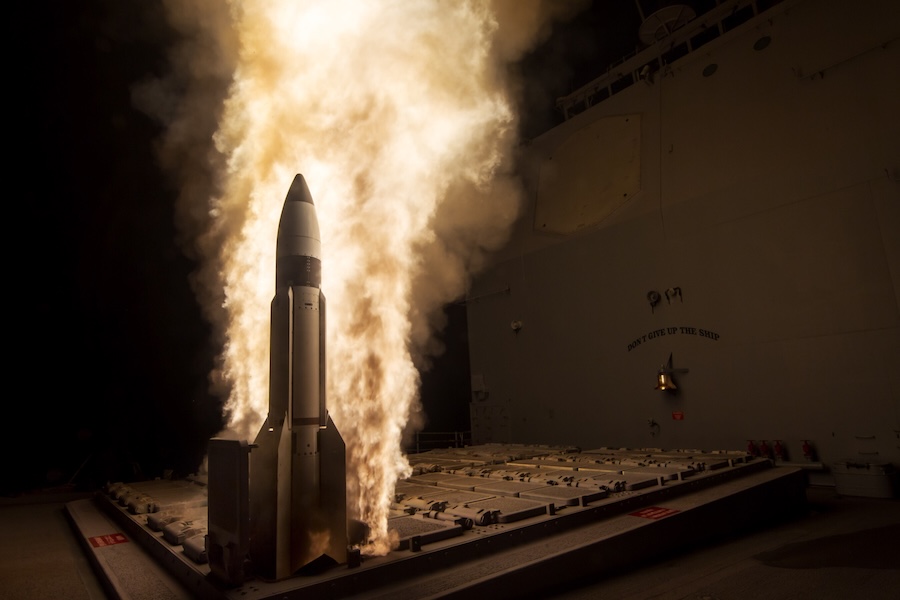According to releases from the 388th Fighter Wing, the unit’s aircraft “paved the way” for seven B-2 bombers that dropped fourteen GBU-57 bunker busters against hardened underground targets. The Air Force said the jets launched from several locations in line with the Agile Combat Employment model.
The 388th Fighter Wing and its reserve associate, the 419th Fighter Wing, deployed to the Middle East in March under U.S. Central Command and returned to Utah in September after a six-month rotation. The Pentagon has said that 125 aircraft participated in the operation, including F-22s, F-15Es, F-16s and Tomahawk cruise missiles, with fighter escorts firing around thirty munitions at Iranian air defence systems.
The new Air Force release states that the F-35As “were the first aircraft to penetrate Iranian airspace, suppressing enemy air defenses and escorting the B-2s to target areas.” It added that the SEAD mission involves “kicking down the door,” using stealth, electronic warfare, sensors and targeting systems to neutralise threats to the strike package.
Col. Charles Fallon, 388th Fighter Wing commander, said, “The effectiveness of this strike validated all of the capabilities of the F-35 we’ve been talking about for years.” He added that the aircraft and its pilots “proved more than capable” and that the platform is “necessary…for today’s fight and tomorrow’s fight, wherever that may be.”
Lt. Col. Aaron Osborne, 34th Expeditionary Fighter Squadron commander, said “we flew hundreds of miles into Iran, escorting the B-2s the entire way. We employed weapons to great effect against multiple surface-to-air missile sites.” He noted that after the bombers released their weapons, the F-35s “guarded their exit” from Iranian airspace.
Gen. Dan Caine, Chairman of the Joint Chiefs of Staff, said “no enemy shots were fired” at the strike package, crediting stealth platforms and “intelligence, cyber operations, and tactics.” Osborne added, “It was really cool to see the jet do exactly what it was designed to do, while they were trying to target us with some very high high-end systems and they were just unable to.”
Although the F-35s “were never fired upon,” Osborne said the units operated under “alarm yellow” and “alarm red” conditions afterwards, preparing for possible missile attacks and medical evacuations. The release also noted the aircraft’s role in Operation Rough Rider in Yemen, where Osborne said “this is the first time anyone has been shot at in 20 years actually carrying out the Wild Weasel mission,” and that the F-35A conducted tunnel strikes and “recorded the first air-to-air kills…against one-way attack drones.”
The article places the mission within the wider history of SEAD, originating with the Vietnam War’s “Wild Weasels” and evolving through platforms such as the F-4G and F-16 equipped with HARM missiles. While the Air Force did not state whether AGM-88E or AARGM-ER missiles were used in the Iran or Yemen operations, the Navy has said AARGM was employed in Yemen.
Source: Air & Space Forces Magazine.




